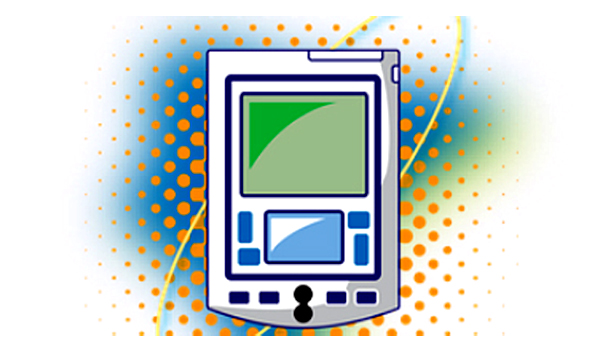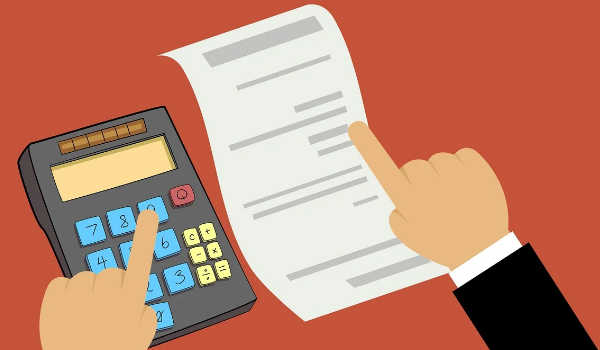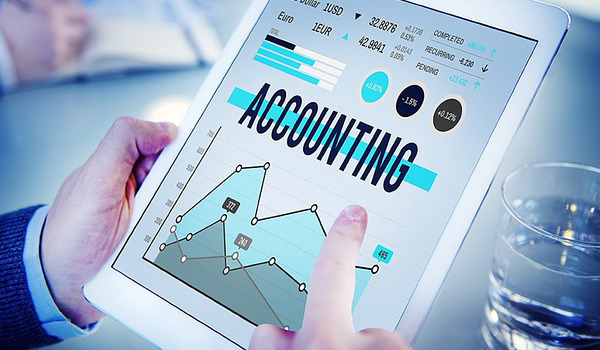Current Assets
Current assets, also known as current accounts, are short-term soluble assets owned by a company that can be used within a year or less to fund standard business operations.
Updated: November 28, 2023

Current assets, also known as current accounts, are short-term soluble assets owned by a company that can be used within a year or less to fund standard business operations. It can be sold, consumed, or converted into cash within a year.
A clear framework can be set for stakeholders to operate their investments appropriately and manage their funding margins with maximum transparency by evaluating current assets of a company. The financial liquidity of a company can be measured and the probability of long-term market survival can be indicated by current assets.
The total flexible revenue of a company to fund its day-to-day business operations and pay ongoing outstanding is called as current assets. Accounting software can be integrated into the existing enterprise resource planning (ERP) stack to help companies monitor necessary payments, track invoices, and log online transactions to automate and scale the financial bookkeeping.
Current assets are an essential part of the revenue generation strategy of a company and the only convertible source of income for the entire customer, employee, and vendor base. Cash and cash equivalents, Marketable securities, Accounts receivable, Inventory, Supplies, Prepaid expenses, Exchange fund security (EFT) and Other assets such as infrastructure and rent are the types of current assets.
What are the types of current assets?
- Cash and Cash Equivalents
- Accounts Receivable
- Inventory
- Prepaid Expenses
- Short-Term Investments
- Notes Receivable (Short-Term)
- Accrued Income
- Marketable Securities
- Bank Overdrafts
- Other Current Assets




